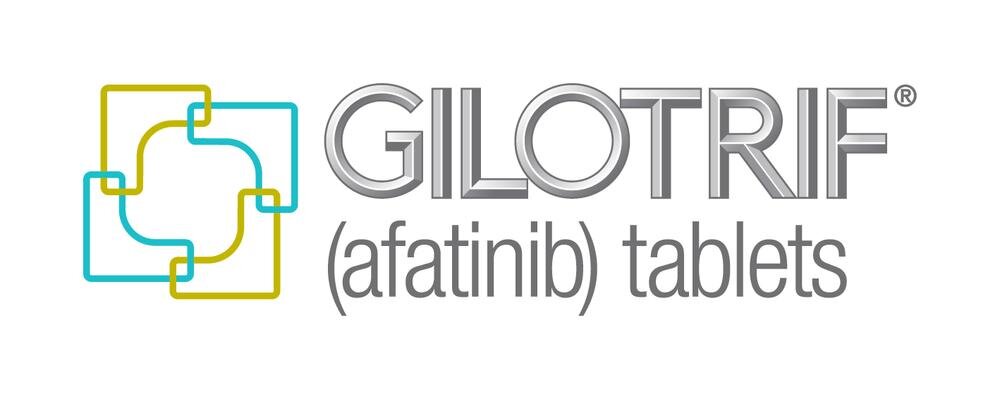Treatment options
The EGFR mutation presents a specific target for treatment and targeted therapies focus on blocking the EGFR protein that is prevalent in EGFR tumours. In doing this, the therapy normally slows down or stops the uncontrolled cell division that contributes to tumour growth.
These targeted drugs, which are often extremely effective and can result in shrinkage of the tumour, are referred to as tyrosine kinase inhibitors or TKIs as they inhibit the enzymes responsible for the activation of certain proteins such as EGFR. There are five tyrosine kinase inhibitors available on the NHS for EGFR positive lung cancer and one for EGFR positive T790M resistant lung cancer.
Approved medications for EGFR lung adenocarcinoma:
Tarceva (erlotinib)
Gilotrif (afatanib)
Iressa (gefitinib)
Vizimpro (dacomitinib)
Tagrisso (osimertinib)
Approved medication for the T790M mutation:
Tagrisso (osimertinib)
Oncologists often talk about different ‘generations’ of tyrosine kinase inhibitors. Tarceva and Iressa are classified as first -generation inhibitor, Gilotrif is a second- generation inhibitor, and Tagrisso is a third-generation inhibitor.
Oncologists have their own preferences about which tyrosine kinase inhibitors to use but will also consider the circumstance of each patient when making the decision. All these drugs have slightly different side effects, often including rash or diarrhoea. However, most patients lead a relatively normal life whilst they are taking a tyrosine kinase inhibitor.
Resistance to treatment
Even though EGFR positive lung cancers will respond very well to tyrosine kinase inhibitors, they will almost all become resistant to the drug at some point. How long they are effective varies from patient to patient.
For example, the early trials indicated that the median progression free survival (or the time until the drug stops working) on afatanib is eleven months. However, some people respond to afatanib treatment for many years.
Currently, we generally find out a cancer has become resistant to a treatment when it begins to grow or spread. Often more genetic profiling is done at this time to see if it possible to identify the mechanism by which the cancer has become resistant.
The most common resistance mutation is called EGFR T790M and it is present in approximately 50% of patients who develop resistance to a first or second- generation tyrosine kinase inhibitor. Tagrisso or osimertinib is effective at targeting this resistance mutation and many people respond well to this treatment. Further resistance will almost certainly develop over time, but again this varies from patient to patient.
Looking ahead, there is extensive research looking at possible EGFR treatments after further resistance develops. As more drugs are developed, the hope is that EGFR mutant lung cancer will become a chronic illness and people will be able to live for many years with controlled disease.
If your cancer is no longer responding to a TKI, your oncologist will look at other options including chemotherapy and clinical trials. Radiotherapy can sometimes be used in combination with a TKI if the spread of the disease is limited to three or less sites.
EGFR and brain metastases
Unfortunately, lung cancer can often spread to the brain. Targeted therapies and chemotherapy can have limited success in reaching cancer cells which have spread to the brain because of the blood-brain barrier which is designed to protect the brain from toxins. Tagrisso has greater penetration of the blood-barrier than other tyrosine kinase inhibitors and is often successful at controlling brain metastases. Your oncologist may recommend regular brain scans as part of your treatment plan. Radiotherapy can also be used to control brain metastases.
If you are diagnosed with brain metastases you are required by the DVLA to give up your driving licence. Relicensing may be possible after treatment.





